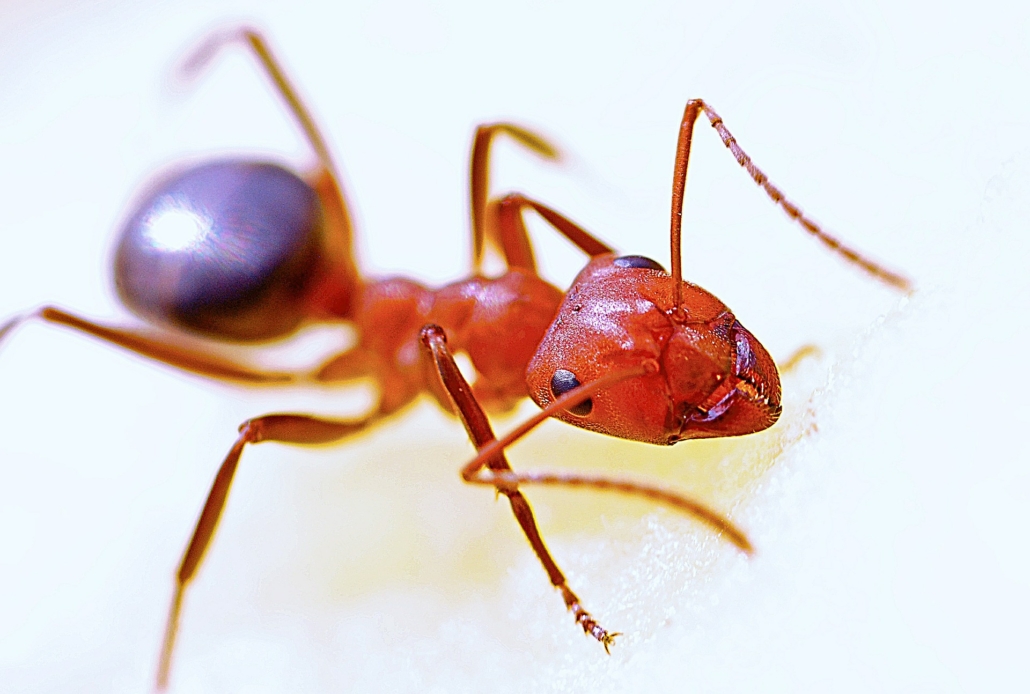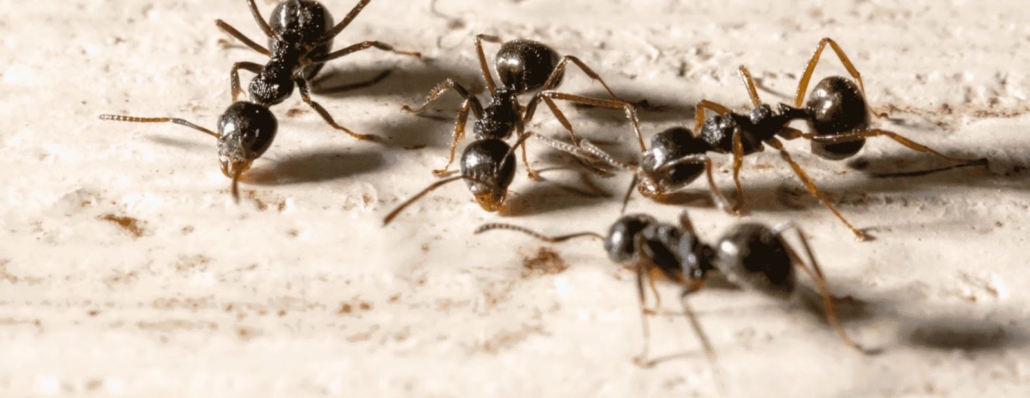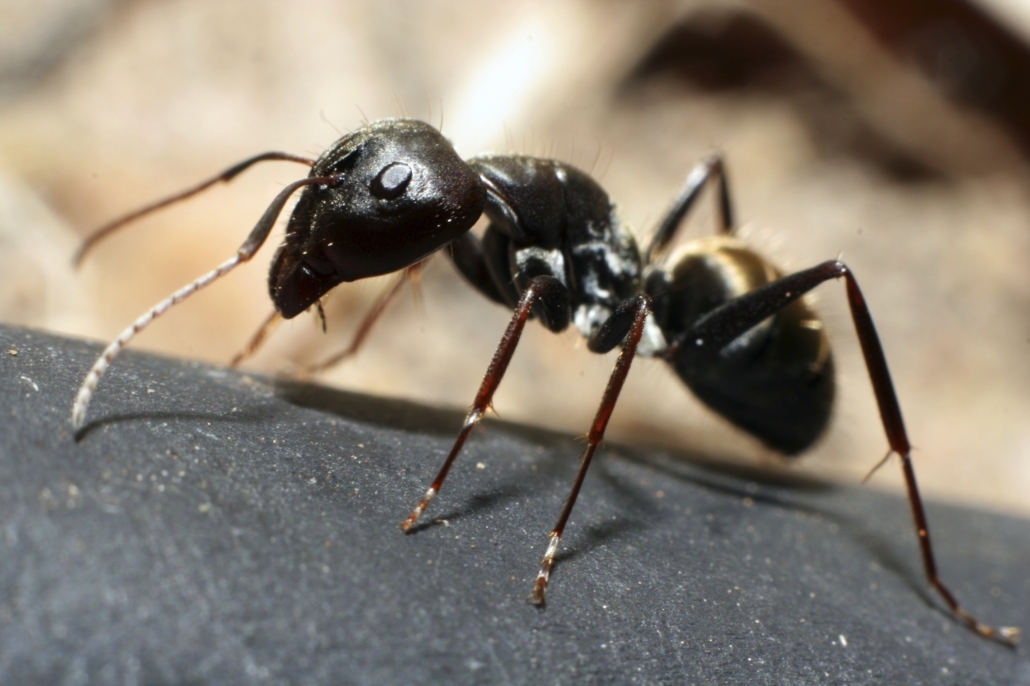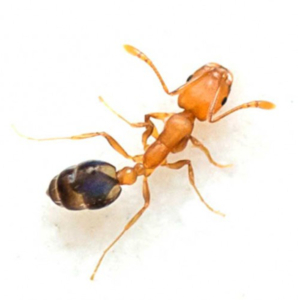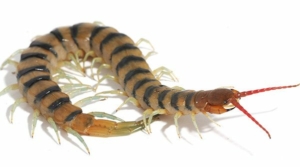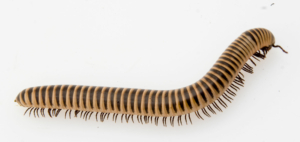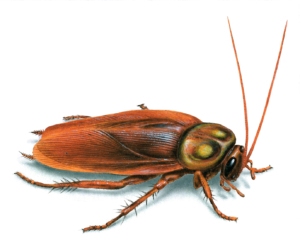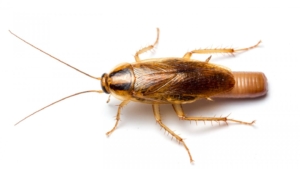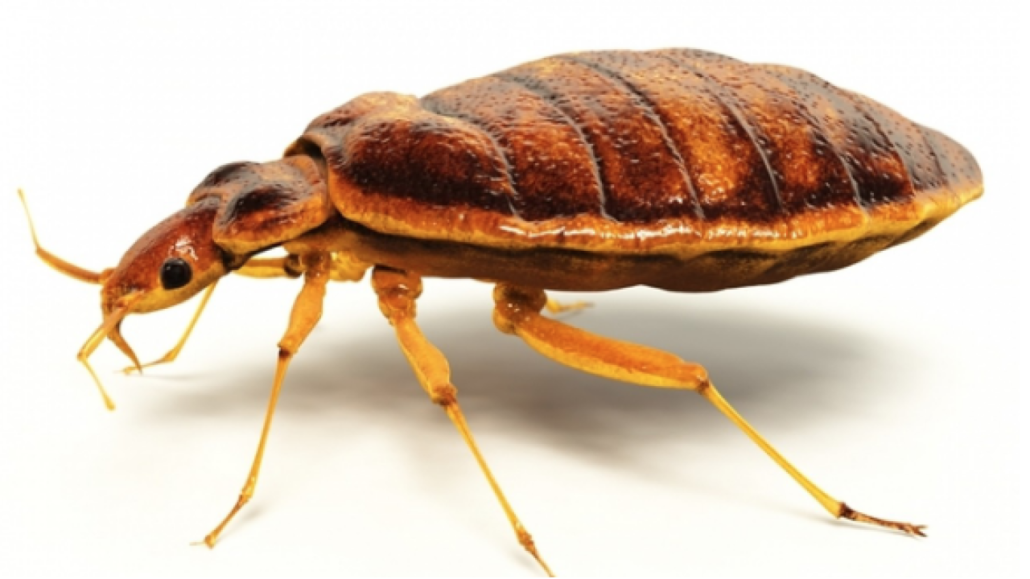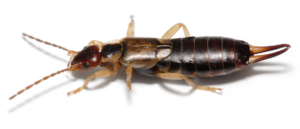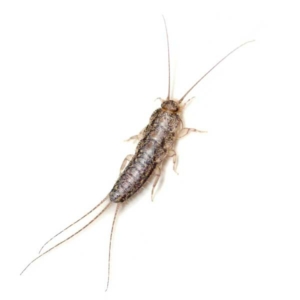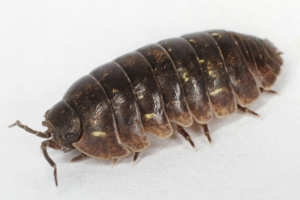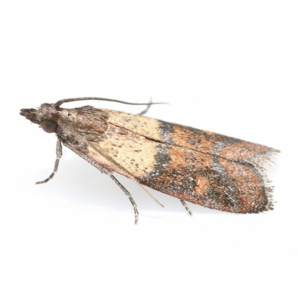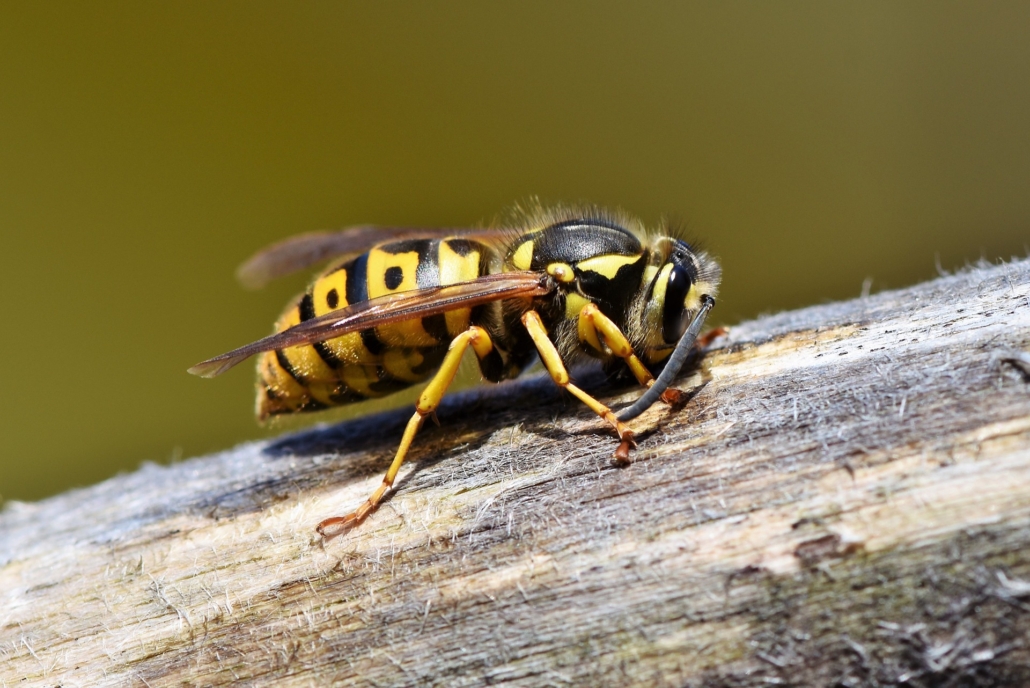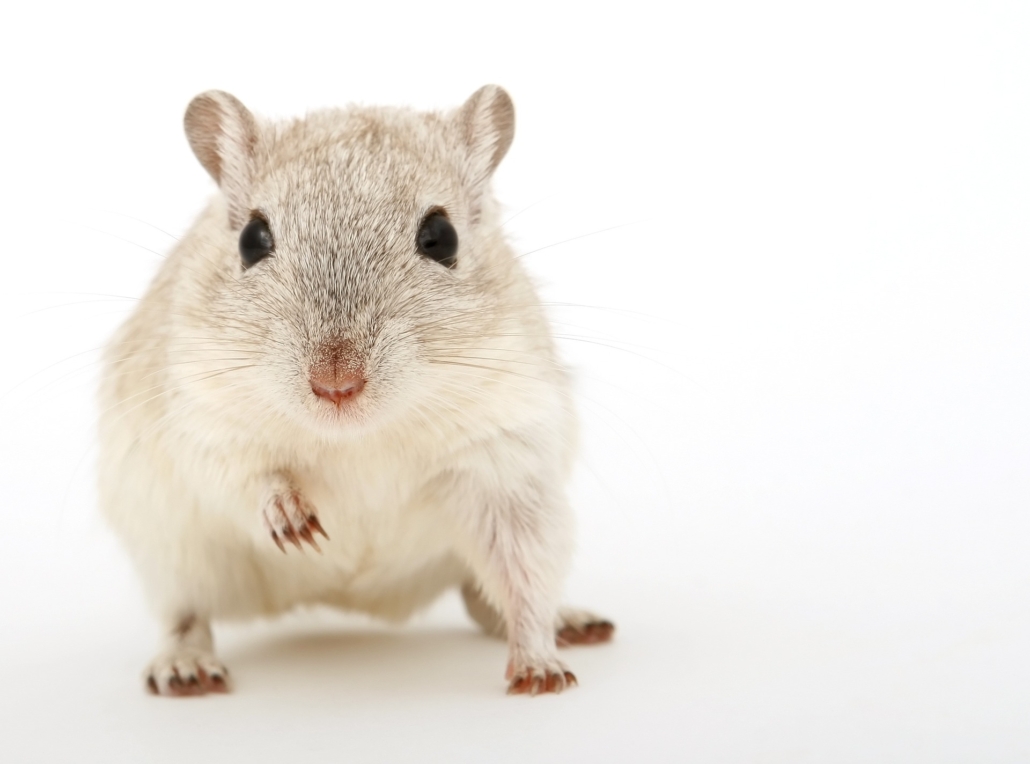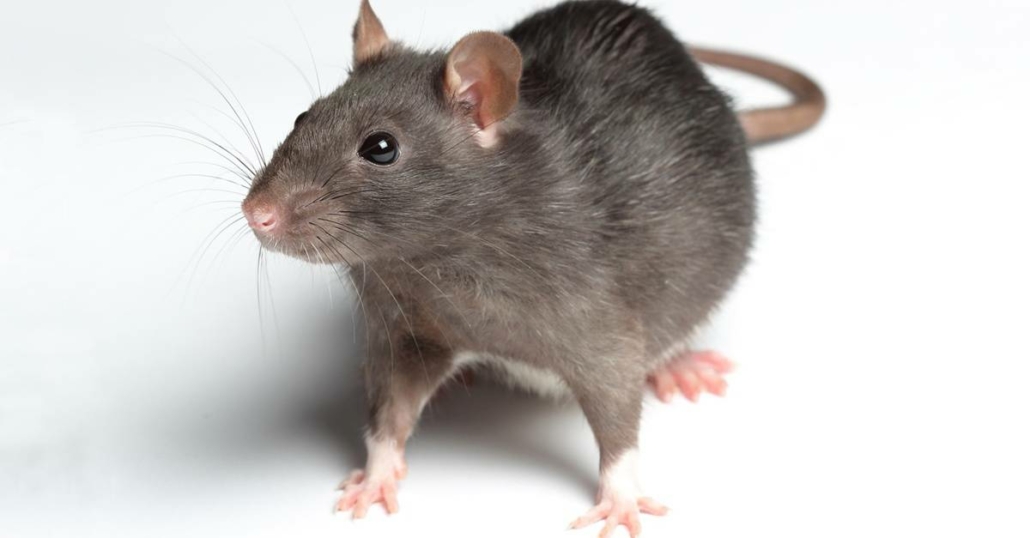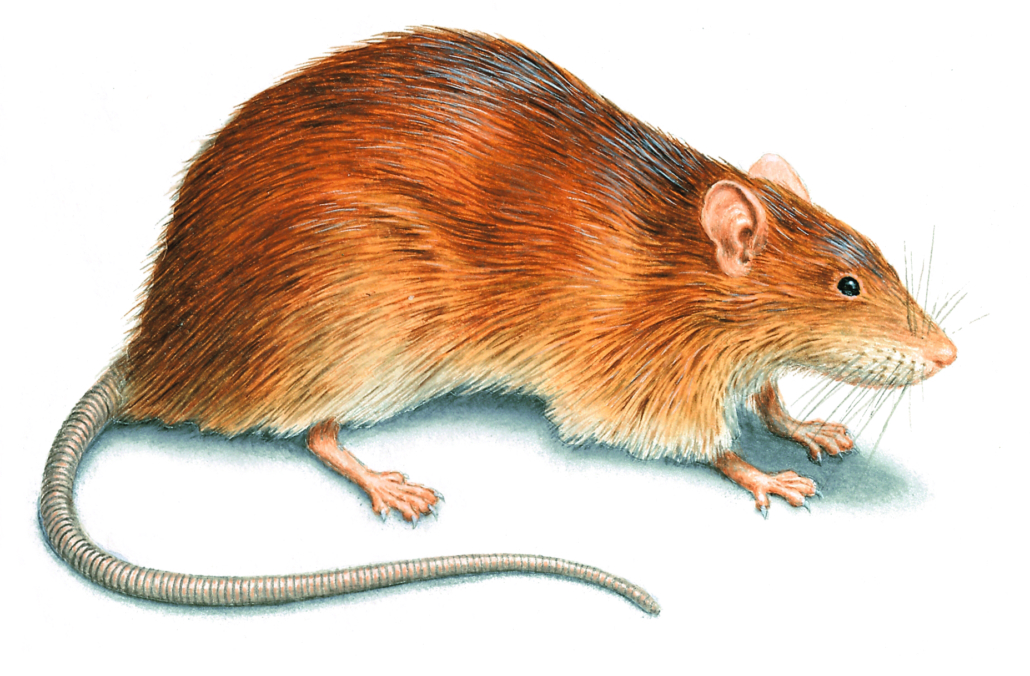Biology
The female house mouse reaches sexual maturity in 35 days and averages eight litters of mice per year, each of which averages six young. Thus, with 30 to 35 weaned mice per year, populations build up rapidly. The mice typically produce their largest litters in the spring, depending on climatic conditions, and begin to breed at five to six weeks of age. The life span of a mouse is one year.
Habits
House mice are found throughout Canada and the United States. House mice are good climbers, can jump 12 inches high, and eight feet down. House mice easily squeeze through holes and gaps wider than 1/4 inch. These mice are very social in their behavior, very inquisitive about things in their environment, and readily explore anything new.
House mice prefer to nest in dark secluded areas where there is little chance of disturbance, and in areas where nesting materials, such as paper, cardboard, attic insulation, cotton, etc., are readily available. Their foraging territories are small, usually no more than 20 feet; however, if abundant food is nearby they nest within four to five feet. These mice nibble on food, preferring items such as seeds and cereals. House mice feed at dusk and just before dawn. The major health risks associated with house mice are Salmonella contamination and leptospirosis.

